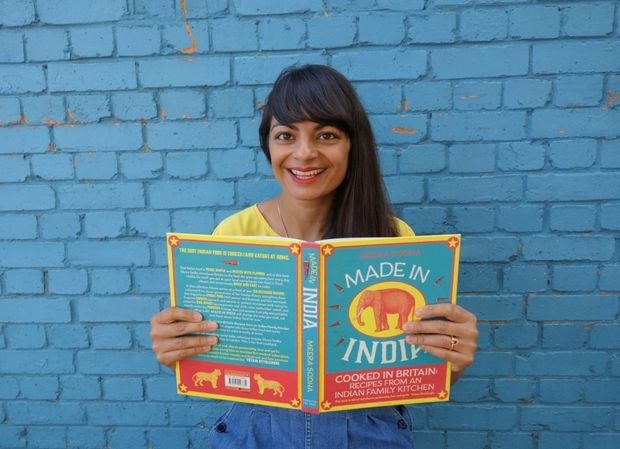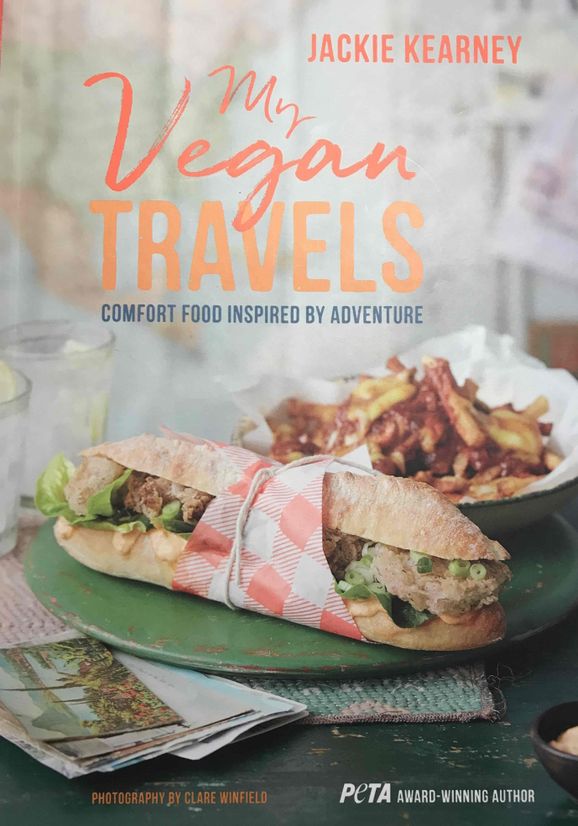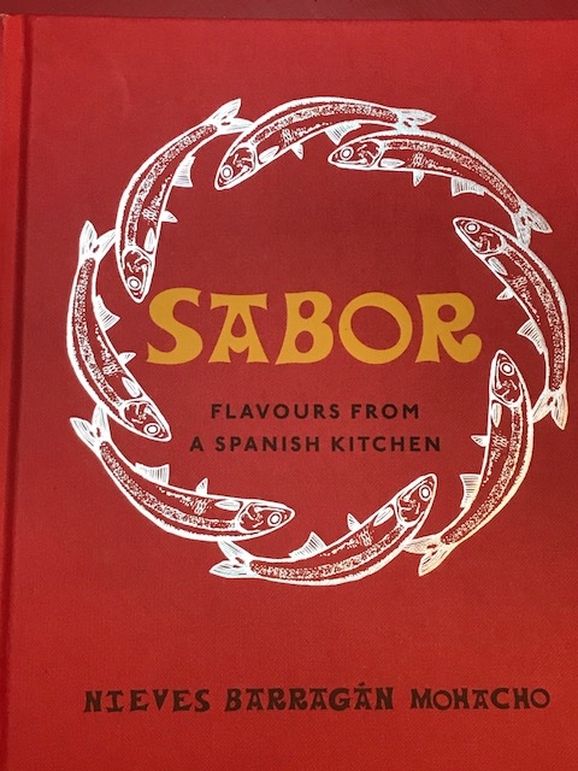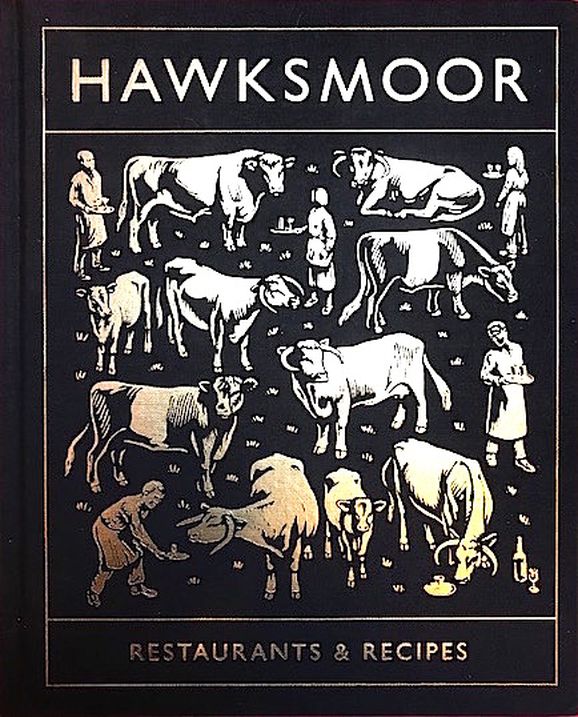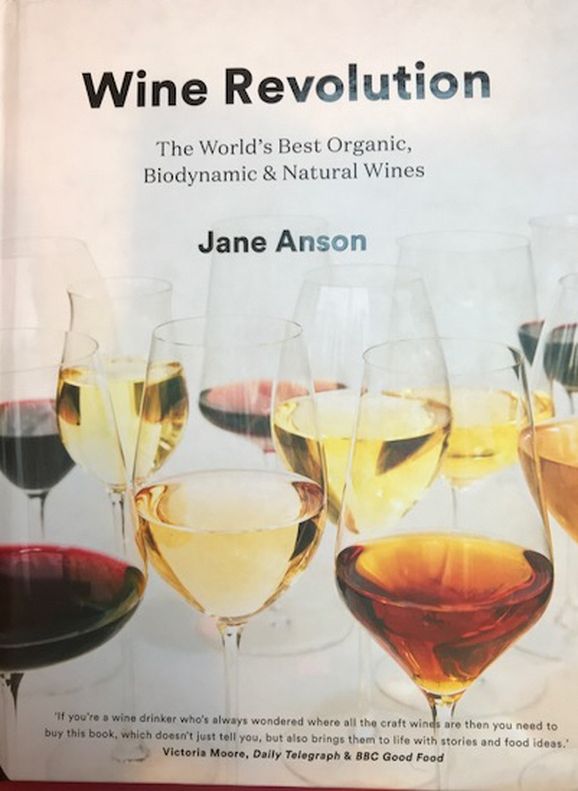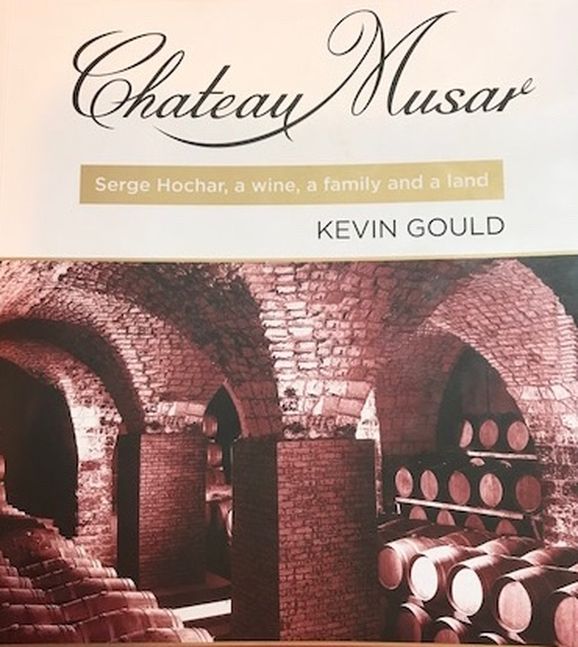INDIAN, Spanish, vegan, natural wines, cheese, the keys to flavour in cooking – female writers dominate our selection of the best food and drink books of 2017. And not another dreary clean eating bible or telly spin-off among them…
Fresh India by Meera Sodha (Penguin Fig Tree, £20) and Made In India (Penguin Fig Tree 2014, £20)
It’s rare that you com across a cookbook that makes you want to work your way through every recipe, but Fresh India, Meera Sodha’s veggi-centric successor to her best-selling 2014 debut, Made In India (above), is just such a one. Again it filters through a Lincolnshire upbringing with access to fine produce the Gujarati/Ugandan culinary sensibility inherited from her family. Try to imagine a shredded brussels sprout thoran, the bane of Christmas given a Keralan makeover with curry leaves and fresh coconut.
My Vegan Travels by Jackie Kearney (Ryland, Peters and Small, £16.99)
Another local hero, this time from much nearer home – Chorlton – with her equivalent of that difficult second album. Vegan Street Food found plant-based inspiration in India and South East Asia and the flavour of that entertaining travelogue with recipes lingers here, though the focus is more diffuse – ‘comfort food inspired by adventure’. Essentially it’s a primer for those making an ethical lifestyle choice without sacrificing intense flavours. So we get store cupboard advice and basic vegan recipes as well as sections devoted to those ‘adventures’ – at home and in Europe, America and Asia.
In its culinary boundary hopping it reminds me of her kitchen hero, Yotam Ottolenghi, and its family-friendly dishes are a far remove from Masterchef, where the Chorlton-based made her name. Warm and anecdotal, it would make a lovely Christmas present for vegans and inquisitive non-vegan alike. What’s not to like about a nod to her Irish heritage, the ‘Blasket Bunny’. OK, en route to Dingle to swim with its famous dolphin she had a difficult time finding veggie food, but she doesn’t bear a grudge. Hence this vegetable and Guinness stew inside hollowed out soda bread, a variant of the South African staple, Bunny Chow.
Sabor: Flavours from A Spanish Kitchen by Nieves Barragán Mohacho (Penguin Fig Tree, £25)
Sabor is the name of Nieves’ first restaurant, due to open off Regent Street in January, where she hopes to expand the tapas legacy of Barrafina, where she cooked for 14 years, earning a Michelin star. The book, though, delves back into her unpretentious roots in the Basque country. “It’s honest, uncomplicated food,” she has said. “I still dream of squid cooked in its own ink – a dish I can remember eating when I was eight years old, my mouth all black. So that is in the book, and so is a stew from Rioja in the north made only with potato, chorizo and chicken stock. Every mum in Spain makes it. Oh, it’s so comforting.” I like it for the wealth of seafood dishes and the sense of place it invokes.
Salt, Fat, Acid, Heat: Mastering the Elements of Good Cooking by Samin Nosrat (Simon & Schuster, £30)
Of all the books in this list, this one’s the groundbreaker from an English graduate who drifted into working at Chez Panisse in Berkeley, iconic wellspring of French-influenced Modern Californian cuisine. Here she noticed that her fellow chefs would always fall back on four key elements to improve their dishes: salt, which enhances flavour; fat, which delivers flavour and generates texture; acid, which balances flavour; and heat, which ultimately determines the texture of food. This template has served Samin well in her masterclasses inspiring amateurs and professionals alike to cook instinctively with whatever’s to hand.100 essential recipes map our practically what it means to ‘go freestyle’ in the kitchen. An antidote to all those glossy lifestyle stocking fillers peddling second hand recipes. Destined to be a classic.
Hawksmoor Restaurant and Recipes by Huw Gott and Will Beckett (Preface, £30)
All proceeds from this successor to Hawksmoor at Home go to global charity Action against Hunger, which reflects the caring ethos that suffuses this tribute to all the gifted folk who have made this restaurant chain such a beacon. Oh, yes, and it does include recipes for lots of the Hawksmoor classics you encounter in the Deansgate outpost. Meat, of course, features a lot, but it’s fascinating to discover the attention to detail that went into sourcing equally immaculate fish.
Reinventing The Wheel: Milk Microbes and The Fight For Real Cheese by Bronwen and Francis Percival (Bloomsbury Sigma, £16.99)
Cheese doesn’t have to be that stodgy slab seating inside plastic on the supermarket shelf. As with other fermented foods, bread and beer, cheese has suffered from the “juggernaut of homogenous factory production, while local breeds and indigenous microbes have given way to monocultures and monoflavours.” The authors point out too that one third of the world’s cheeses are made using bacterial cultures from a single chemical supplier. The Percivals’ timely tome charts the artisan fightback to rediscover farmhouse flavours not from some nostalgic perspective but enlisting cutting-edge scientific nous. It’s not a populist read but, focusing on the individual cheesemakers who defy the odds, it i enthralling. It helps that Bronwen Percival is cheese buyer for Neal’s Yard Dairy, long-time champion of traditional cheese. Buy the book for Christmas and to get the taste order some cheese from them https://www.nealsyarddairy.co.uk
]or the North’s supreme cheese affineur, Courtyard Dairy https://www.thecourtyarddairy.co.uknear Settle.
The Meaning of Rice by Michael Booth (Jonathan Cape, pb £14.99)
Michael Booth’s first foodie family travelogue around Japan, ‘Sushi and Beyond’ won him universal accolades (“establishes Booth as the next Bill Bryson – NY Times”) and bizarrely his own cartoon series on Japanese television. Now a decade on, he and his now teenaged family have gone back and the result is an even better mix of humour and deep knowledge of a cuisine and culture it’s often daunting to get to grips with. Check out his encounters with years old fermented fish in Kansai: “The rice bran had turned the fugu milt from white to muddy brown.It looked like a flattened piece of clay, smelled like an abandoned caravan and had a texture like overcooked liver. Instead of the moreish lactic-umami savour of the fermented ayu, this was sour and bitter. It really was a fearsome substance.” Both jolly and illuminating – a rare combination.
Miracle Brew by Pete Brown (Unbound, £16.99)
Rarely a year goes by when I don’t review a book by Brown, doyen of contemporary beer writers, but amazingly this is his first specifically about beer since 2009, though excursions into The British Pub, social history and apples/cider have not strayed far from fermentation. In equally lively prose Miracle Brew cuts straight to the woozy, boozy chase in charting the history of beer and its essential ingredients – malted barley, hops, yeast and water, titles of each of the book’s sections. So, just a couple of teasers: in Yeast you encounter Belgium’s Lambic breweries of Belgium, where beer is fermented with wild yeasts drawn down from the air around the brewery, while Water explores the aquifers below Burton on Trent, where the brewing water is rumoured to contain life-giving qualities. Well that’s my excuse, too.
Wine Revolution: The World’s Best Organic, Biodynamic and Natural Wines by Jane Anson (Jacqui Small, £25)
This is a perfect Christmas stocking filler for the adventurous tippler, struggling to get to grips with what constitutes a biodynamic wine, let alone an orange or a natural wine. There’s no real classification for the latter, which makes it a minefield for the uninitiated – funk-ridden, cloudy, sour, bitter fizzing examples could leave you wondering what the fuss is about – and yet, some exhibit a fruit-driven purity a world aay from mainstream plonk.
In the circumstance then this lucid, accessible introduction to leftfield viticultural practices by Decanter magazine’s contributing editor is timely. The beautifully illustrated book focuses on the top wines of the top producers. Indeed it’s surprising how many of the world’s premium wine producers tick biodynamic boxes some might dismiss as eccentric.
Chateau Musar by Kevin Gould (Manchester Books, pb £15.99)
Iconic, quixotic Lebanese winery Musar is profiled in ‘Wine Revolution’. Its late owner Serge Hochar took the bold decision in 2005 to be certified organic, having striven to be as traditional and non-interventionist as possible in both vineyard and winery. As his son Marc says: “Musar escaped the winds of modern winemaking.” Anson is certainly a fan: “Exotic and enticing, both floral and spicy, it curls out of the bottle before even being poured into a glass”. And she’s not alone in finding allure in the family-run Bekaa Valley winery. Serge’s charismatic personality and his legacy are explored in a newly published book by our own Manchester Books www.mcrbooks.co.uk, written by award-winning author Kevin Gould. It is peppered with Serge quotes. From a man who overcame the challenges of his war-torn country and religious divides to crush his grapes this one is particularly poignant: “Wine is tolerance. As it talks to you, you understand it more. And understanding breeds tolerance.”

